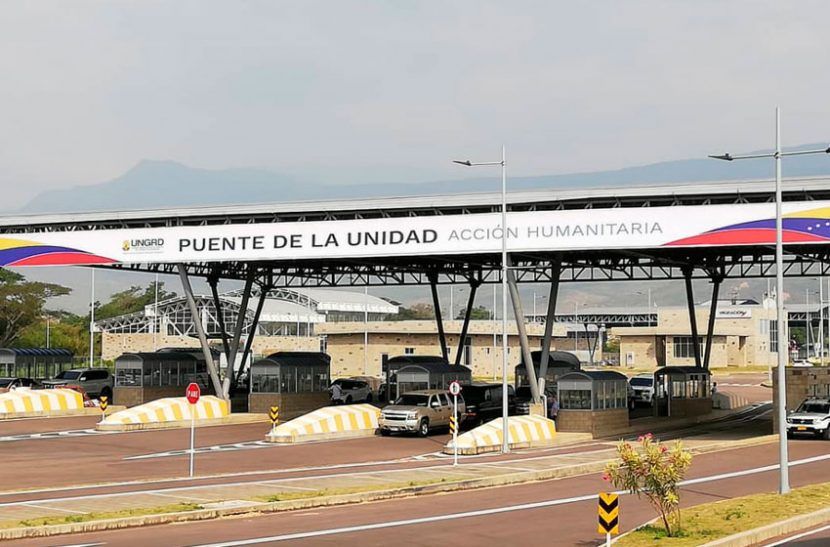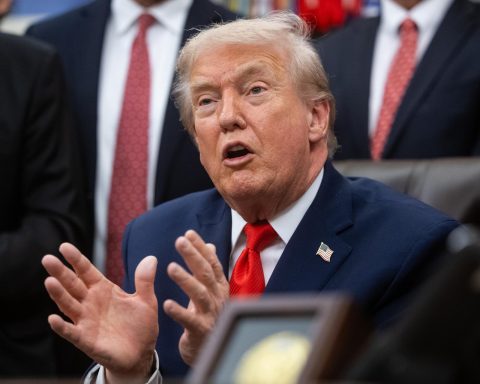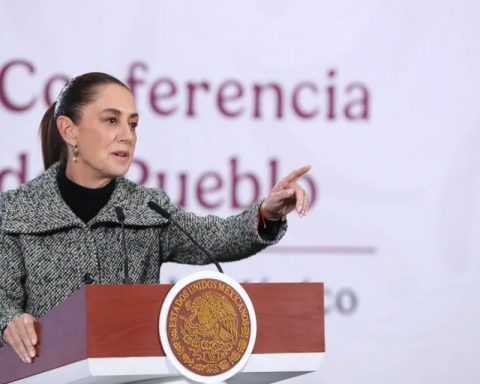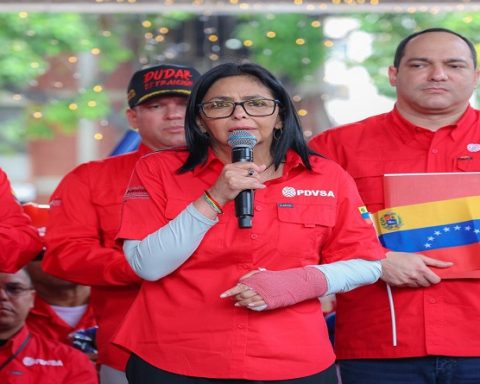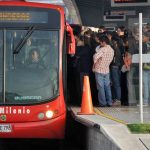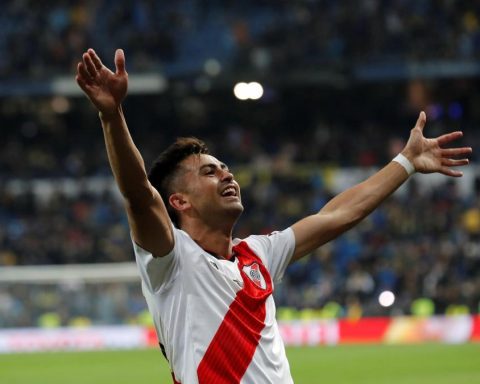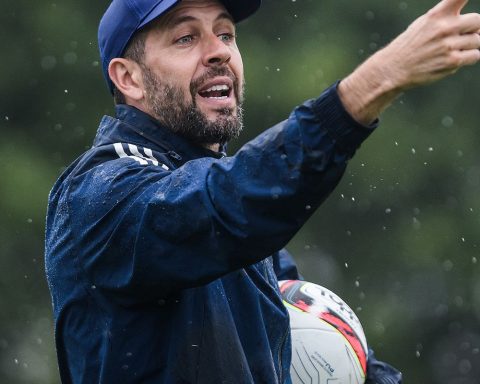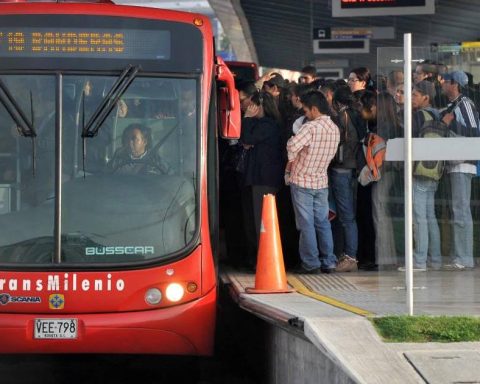This Monday will be the formal opening of the border crossings between Venezuela and Colombia, a fact that takes place after four years of closure as a result of the decision of former New Granadan governor Iván Duque to join the “diplomatic siege” promoted by the former US administration of Donald Trump.
This fact arose after the arrival to the presidency of Gustavo Petro, who during his electoral campaign had pointed out the need to reestablish diplomatic relations and commercial with Venezuela in order to guarantee the care and development of the region bordering his country with Venezuelan territory.
“I have to tell you that Cúcuta cannot be a city, it cannot prosper, it cannot overcome problems without opening the borders. Reestablishing diplomatic relations normally is a difficult and even controversial issue. Debatable on a global scale, undoubtedly, but I do not see an alternative for Cúcuta if there is no full reestablishment of diplomatic and consular relations between the two countries,” Petro said in a speech.
For his part, President Nicolás Maduro had advocated on countless occasions for the reestablishment of the coordinated border crossing, a proposal that was supported by the governor of Norte de Santander, Silvino Serranowho in June 2021 claimed to have received the approval of the Duque Government.
“We have received the good news from the Foreign Ministry, from the National Government, that this process will be carried out. Details are being finalized by the national government so that the opening of the border becomes a reality. The joint and articulated effort of the National Government, with the sector, with the unions, with the mayor’s offices, give the best results,” the regional official reportedly said.
This promise by Duque was limited only to the passage of people with the application of a mechanism called “pico y cedula” during operating hours on international bridges with Venezuela from 6:00 am to 4:00 pm.
The goal is $10 billion.
Qualified as a “living border” due to the great economic and social dynamics that it registers, this region has stood out for its great mobility and high commercial exchange that at its peak exceeded 7,000 million dollars in 2008.
This billionaire exchange notably favored Colombia, due to the importing vocation that marked the Venezuelan economy to the point of becoming the second largest buyer of Colombian products, according to the Luis Alberto Russianpresident of the board of directors of the Chamber of Venezuelan-Colombian Economic Integration (Cavecol).
As a consequence of the political tensions between both nations that reached their apex on February 23, 2019 with the attempted forced entry from Colombia of groups identified with the Venezuelan opposition and trucks whose cargo was made up of materials for the execution of violent protests, the Trade between the two nations fell sharply to 241 million dollars that year, of which 196 million dollars correspond to imports made by Venezuela and 45 million imports by Colombia.
This historical tilt of the balance in favor of Colombia, given its high manufacturing capacity and agricultural production, could be reduced due to the increase in non-oil production that Venezuela has registered in recent years.
“Colombia imports about 4,000 million dollars in products from other countries that could come from Venezuela,” he said. Luigi Pisellapresident of Conindustria, an affirmation that is supported by the president of Fedecamaras, Carlos Fernández, according to a review by the BBC.
“If we start from a complementary relationship, in Venezuela there is a boom in products that began to be produced during the crisis, part of a subsistence economy, which can already develop a certain export capacity,” Fernández said.
Among the new products that are visualized by the Venezuelan business community to be exported to New Granada territory are rum, cocoa, shrimp, crab and beans, as well as medicines, this last item would be associated with the boom that Venezuelan laboratories have had after the departure of large transnationals as a result of the threats made by the United States Department of the Treasury with the so-called sanctions.
“Right now we estimate that the ratio is 90-10,” says Pisella, who explained that for every 200 products that Colombia exports, Venezuela exports only 20, “but if we go to 80-20, it’s a success,” he said. .
After the formal reestablishment of the border commercial exchange that will take place on September 26, Cavecol estimates that by the end of the year the trade balance will stand at 800 million dollars, a figure that would double that registered in 2021, which stood at just over 400 millions of dollars.
“If we add the formalization factor by the sectors that operate informally, they could reach $1.2 billion by the end of the year. It depends on the border, on how fast the process is and on the signs that are given over time, that the nationalization processes are agile and dynamic,” Russián added.
Despite the new Venezuelan reality that shows a growing economy With a greater export capacity of non-oil products, the trade balance will maintain its historical inclination where the Colombian industry is favored, this with the promise of both governments to reach a commercial complementarity that will touch 10,000 million dollars in the coming years.
new scheme
“We are going to propose to President Gustavo Petro the construction of a large productive commercial economic zone between Norte de Santander and the entire state of Táchira. A binational zone of economic, commercial and productive development. The time has come for us to build it.”
With these words the President Maduro He opened the debate on the need to diversify trade relations between the two countries with a view to shared development of the border region.
“It would be a special economic test area that we could later replicate towards Zulia, towards other areas of Táchira, towards Apure, towards Amazonas”, he explained.
This proposal by the Creole President has greater resonance given the disposition expressed by his Colombian counterpart in order to establish a new border relationship mechanism that goes through the development of these regions, as he proposed during his electoral campaign in November 2021 in a meeting with businessmen from Cúcuta.
Among the proposals made by Petro during this meeting were the creation of a border bank to deliver loans to industrialists, farmers and tourism companies in the area, as well as the expansion of the metropolitan area of Cúcuta to the Venezuelan towns of San Antonio and Ureña. for local and industrial development.
In addition, he proposed the construction of a railway that covers the Cúcuta-Lago de Maracaibo route, to diversify the transfer of exportable goods produced in this region to the Venezuelan port with access to the Caribbean Sea.
shared security
Another area that hovers over this new concept of border exchange is security. For years from Venezuela, the absence of a border security policy by the neighboring country was questioned, pointing out that this abandonment resulted in the formation of gasoline extraction mafias, the penetration of irregular groups into Venezuelan territory and drug trafficking.
Among the signs related to the construction of a shared border security policy was the contact maintained by the defense ministers of both nations, who committed to establishing cooperation mechanisms on the matter.
Among the actions undertaken by Colombia to improve its internal security situation that affects the border, is the resumption of peace talks with insurgent groups such as the National Liberation Army, as well as with the so-called FARC dissidents, for which it once again requests Venezuela to participate as guarantor of this process.
“I told and I am telling President Gustavo Petro and Colombia that, once again, as Commander Chávez did, in his time, to guarantee the Peace Agreements that were later signed, that I had to participate as guarantor. Once again, President Gustavo Petro and Colombia we tell you that Venezuela accepts the character of guarantor of the negotiations and of the peace agreements between Colombia and the ELN”, declared the president Ripe.
Regarding the fight against drug trafficking that mainly affects the border region with Venezuela, Petro seems to point towards a new strategy away from the armed combat that signs the “Colombia Plan” promoted by the United States, repeatedly assuring that “the war on drugs failed”.
“With the US government (…) we said that, among the four points that we proposed to them to change the drug policy, the first point has to do with extradition,” he advanced while assuming the negotiation as the main premise.
“A drug trafficker who negotiates legal benefits with the Colombian state and definitively stops being a drug trafficker, is not extradited,” he said.
hopeful people
Trade, security, development and peace are the great challenges posed by this new beginning in the convulsive Colombian-Venezuelan border region, an area that has suffered the consequences of the political and armed conflicts of a Colombia at war and whose governments aimed to against Venezuela in an ideological struggle.
Just a few hours after this border reopening, the peoples and businessmen of both countries see with great expectation and hope this fact that marks a new route for these countries that, in addition to a border, have a common history that places them as sister nations. .
